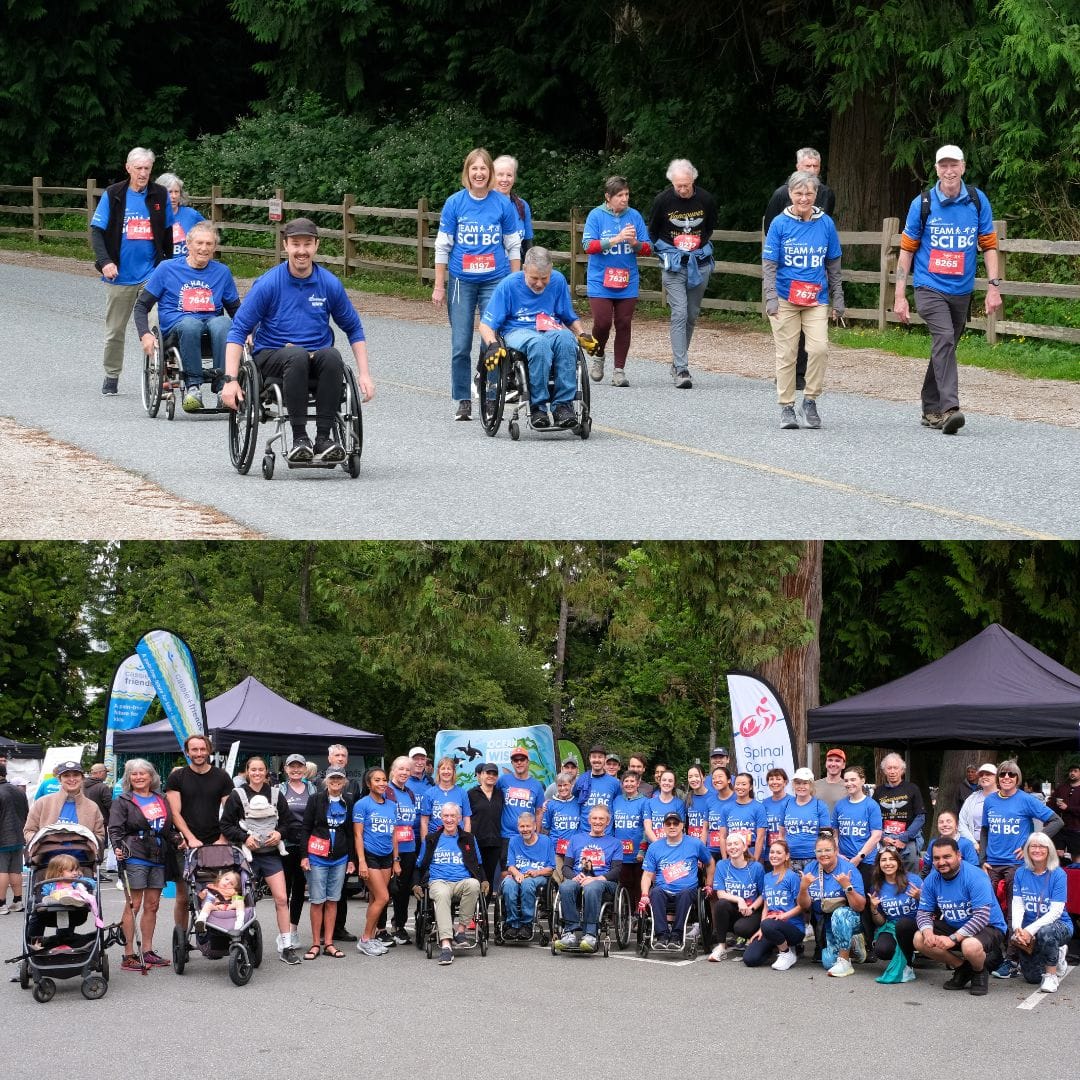With traditional funding sources for medical equipment and accessibility renovations drying up, people are turning to the online world for options. And who better to fund you than an entire crowd?

It seems like every time I access my social media account or read a news story, there is another story with another link to a crowdfunding page. We also hear about these through InfoLine and through our peer network. With some traditional funding sources drying up and an ever-greater need for money for necessary medical equipment, accessibility renovations, and more, people are turning to the online world for options.
It’s less time-consuming to set up an online account than to hold a benefit dance, a raffle or another type of community event. However, it isn’t quite as simple as creating your web page and watching the money start pouring in. There are lots of factors in a successful crowdfunding campaign. Before even going online, consider this: EXPOSURE IS KEY.
The person setting up the campaign needs to be social media-savvy and have lots of online contacts. People that do well with these campaigns post regularly to Facebook, Twitter and other sites, and have “friends” or followers who will share the campaign. Without this exposure, it will be difficult to raise much money. It also helps if the local media in town will cover the story, which they are most inclined to do if there’s some sort of “hook” to get their audience interested. The reality is that people who are already well-connected, such as through business associates, will have an easier time raising money than someone with few social or business connections.
IT’S ALL ABOUT THE PAGE. It’s also essential to set up a compelling fundraising page. Successful campaigns generally have:
• specific and tangible goals for the money raised (such as a piece of equipment)
• pictures of the person who needs the money or the type of equipment needed
• a persuasive headline and story about the person’s circumstances
It can also help to mention whether or not government funding is available in this type of situation or what other funding sources have been approached.
NOT ALL SITES ARE EQUAL. If you still want to try a crowdfunding campaign, be aware that these sites are not all equal. Read the fine print before signing up because the rules will affect your fundraising goal. Here are some general thoughts to keep in mind for some of the major crowdfunding pages:
• Most sites are free to sign up but fees are deducted from donations, often around 5% per donation.
• Most sites have credit card processing fees of up to 3% per transaction and some also charge a flat fee per transaction.
• Some sites charge a processing fee to have the money transferred to you.
The above fees may vary by your geographic location, so make sure you know ahead of time what the fees will be for you. Some sites only work for people in certain locations, so make sure you are using a Canadian site or one that is valid here.
ALL OR NOTHING? Some sites use an all or nothing format, whereby if your donations do not reach the pre-set goal that you established, money is returned to the people who donated and you receive nothing. This format increases the urgency as the donation deadline nears and can spur people to donate more at the last moment. This option is beneficial if you need a certain amount of money for a particular piece of equipment and cannot do anything with less money.
With other sites you receive the donations regardless of whether your goal was met, which is helpful for individuals fundraising for a number of personal needs. At least you get some of the money that you need and can fund some of the necessary items. This option tends to have higher fees.
DONOR REWARDS? Some sites require people to provide rewards to donors, based on how much is given. This option is generally not used for personal fundraising campaigns but if this is required, factor in any costs associated with the rewards when planning your campaign.
KNOW WHERE TO GO. Here are a couple of the more popular sites for individual fundraising efforts.
GoFundMe: Free to sign up but a 5% fee is deducted on all donations, plus a 3% processing fee. There are no deadlines and it doesn’t matter if you reach your goal or not; you still receive the funds you raise (less the fees listed above).
Indiegogo: Free to sign up but a 5% fee is deducted on all donations if you reach your goal. You can choose an all or nothing or flexible funding format. There are also processing fees, such as 3% plus $0.30 per credit card transaction.
There are hundreds more sites. Check out a few on Google before signing up for any of them, just to make sure that the one you choose will meet your fundraising needs. We suggest contacting InfoLine at 1 800 689 2477 or info@sci-bc.ca before starting a campaign to make sure that you have accessed all the more traditional funding options that you might be eligible for.



